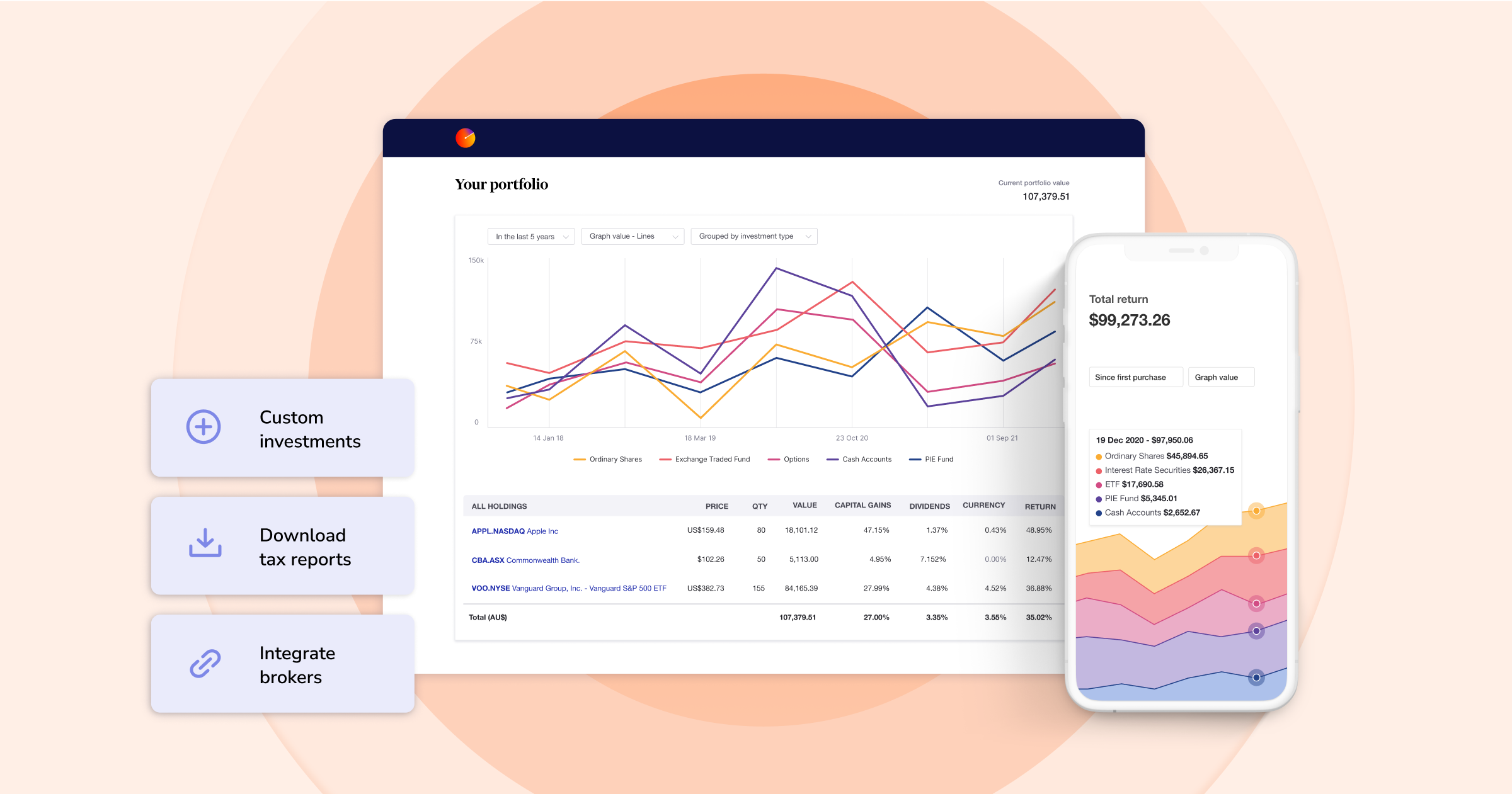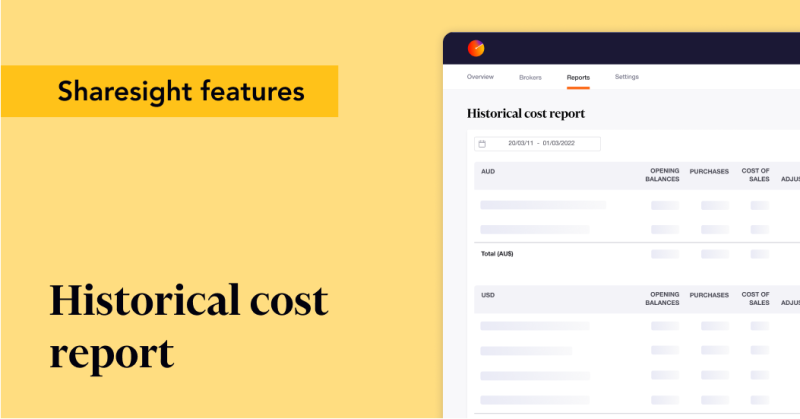What is Modern Portfolio Theory?
Modern Portfolio Theory (MPT) is an investment strategy that seeks to optimise the risk-return trade-off in a diversified portfolio. The theory assumes that investors are risk-averse and that, for a given level of expected return, they will always prefer the less risky portfolio. It is based on the underlying premise that markets are efficient, more reliable than investor intuitions and makes a science of the diversification needed to spread investments across asset classes. To learn more about MPT and whether you should consider this investing strategy for your portfolio, keep reading.

What is Modern Portfolio Theory (MPT)?
Developed by Nobel Laureate Harry Markowitz, MPT is a widely used model that sees the benefit in investing in less correlated assets or grouping correlated assets together with those that move in opposite directions to reduce risk for a given return. Because most investments are either high risk and high return or low risk and low return, Markowitz asserted that investors could achieve the best results by choosing an optimal mix of the two based on an assessment of their individual tolerance to risk.
What is Modern Portfolio Theory used for?
MPT takes the view that any given investment’s risk and return characteristics should not be viewed in isolation but evaluated as to how they affect the overall portfolio’s risk and return metrics. The goal in theory is to construct a portfolio of multiple assets that will result in greater returns without a higher level of risk. To do this, MPT uses the variance of asset prices as a proxy for risk. Under the model, portfolio return is the proportion-weighted combination of the individual assets’ expected returns, while portfolio volatility is a function of the correlations of the component assets.
How are risk and return calculated in MPT?
To implement MPT, which has a mathematical justification underpinning asset allocation, investors must multiply the percentage weight each asset occupies in a model portfolio by the level of risk or return it is expected to deliver. Then add up the percentage-adjusted risk levels for the total portfolio risk and the percentage-adjusted expected returns for the portfolio’s expected return.
In a simple example of calculating expected return, imagine an investor only has three assets, worth $200,000, $300,000 and $75,000, with expected returns of 10%, 15% and 5% respectively. The portfolio’s overall expected return would be calculated as follows:
(0.34 x 0.10) + (0.52 x 0.15) + (0.13 x 0.05) = 11.85%
The simplest way to create an efficient, de-risked portfolio using MPT is through buying and holding combinations of asset classes and investments that aren’t positively correlated. These are chosen based on fixed percentages with, for example, a 50/50 split between stocks and bonds. As stocks go up in price, bonds generally tend to go down in price, minimising substantial losses to the overall portfolio value when one asset class declines. Further, global stocks, emerging markets and small-cap stocks are often higher in risk than large-cap stocks. An investment selection governed by MPT might be a portfolio of mutual funds containing: 40% large-cap stocks; 10% small-cap stocks; 15% overseas stocks; 30% bonds and 5% cash.
Benefits of MPT for investors
As Harry Markowitz noted: "A good portfolio is more than a long list of good stocks and bonds. It is a balanced whole, providing the investor with protections and opportunities with respect to a wide range of contingencies."
While diversification, the lowering of risk and the creation of ‘efficient’ portfolios are the most obvious advantages of MPT, it is also a suitable strategy for investors who don’t want to ‘time the market’. By building a balanced portfolio that is set up for long-term growth, investors can at least be assured their investments are spread across assets that aren’t positively correlated and are thus protected from volatility in the market.
Disadvantages of MPT
One of the major criticisms of MPT is that it evaluates portfolios based on variance rather than downside risk. For example, two portfolios that have the same level of variance and returns are considered similar under Modern Portfolio Theory. However, one portfolio may have that variance because of frequent small losses while the other has experienced a few spectacular declines. Others note that MPT gives preference to historical data over modern data, with the concepts of risk, reward and correlation that underlie MPT derived by looking to past trends and outcomes. This data may not be applicable to new circumstances in the market.
Modern Portfolio Theory vs. Post-Modern Portfolio Theory
The logic behind MPT has held up well over the last 70 years and assisted many investors with its underlying assumption that they can do better by choosing a mix of low-risk and higher risk investments than by going entirely with low-risk choices. More importantly, it suggests that the option likely to produce the higher return does not add additional overall risk. Post-Modern Portfolio Theory (PMPT) does not contradict these basic assumptions but looks to build upon them.
While both PMPT and MPT describe how risky assets should be valued – and how rational investors should use diversification to achieve portfolio optimisation – the main difference lies in each theory’s definition of risk, and how that risk influences expected returns. PMPT uses the downside risk of returns instead of the mean variance of investment returns used by MPT.
How to evaluate your investing strategy
It can be difficult (and tedious) to evaluate the success of your investing strategy, especially if you’re manually tracking your shares via spreadsheet. By using an automated portfolio tracker like Sharesight, however, you can easily create model portfolios and watchlists, or benchmark your portfolio against the stock, ETF or fund of your choice. Investors will also benefit from advanced reports such as diversity and contribution analysis, which can be used to determine your asset allocation and explore your portfolio’s performance, giving you the information you need to make better investment decisions.
An example of the contribution analysis report being run to determine the performance of different investment types in a portfolio, broken down by custom groups.
Become a better investor with Sharesight
Join thousands of investors around the world using Sharesight to track the performance of all their investments in one place. What are you waiting for? Sign up today so you can:
-
Track all your investments in one place, including stocks, ETFs, mutual/managed funds, property, and even cryptocurrency
-
Automatically track your dividend and distribution income from stocks, ETFs and mutual/managed funds
-
Run powerful reports built for investors, including performance, portfolio diversity, contribution analysis, multi-period, multi-currency valuation and future income (upcoming distributions)
-
Easily share access of your portfolio with family members, your accountant or other financial professionals so they can see the same picture of your investments as you do
Sign up for a FREE Sharesight account and get started tracking your investment performance (and tax) today.

Disclaimer: The above article is for informational purposes only and does not constitute a specific product recommendation, or taxation or financial advice and should not be relied upon as such. While we use reasonable endeavours to keep the information up-to-date, we make no representation that any information is accurate or up-to-date. If you choose to make use of the content in this article, you do so at your own risk. To the extent permitted by law, we do not assume any responsibility or liability arising from or connected with your use or reliance on the content on our site. Please check with your adviser or accountant to obtain the correct advice for your situation.
FURTHER READING

Sharesight nominated for 2025 Wealth Tech Innovator of the Year
Sharesight has been chosen as a finalist in the 2025 Australian Wealth Management Awards, in the Wealth Tech Innovator of the Year category.

Prepare your annual accounts with our historical cost report
Sharesight's historical cost report is a powerful tool for investors who need to prepare annual accounts or financial statements with mark-to-market accounting.

Sharesight product updates – July 2025
This month's focus was on rolling out predictive income forecasting, as well as improved cash account syncing across different brokers and currencies.